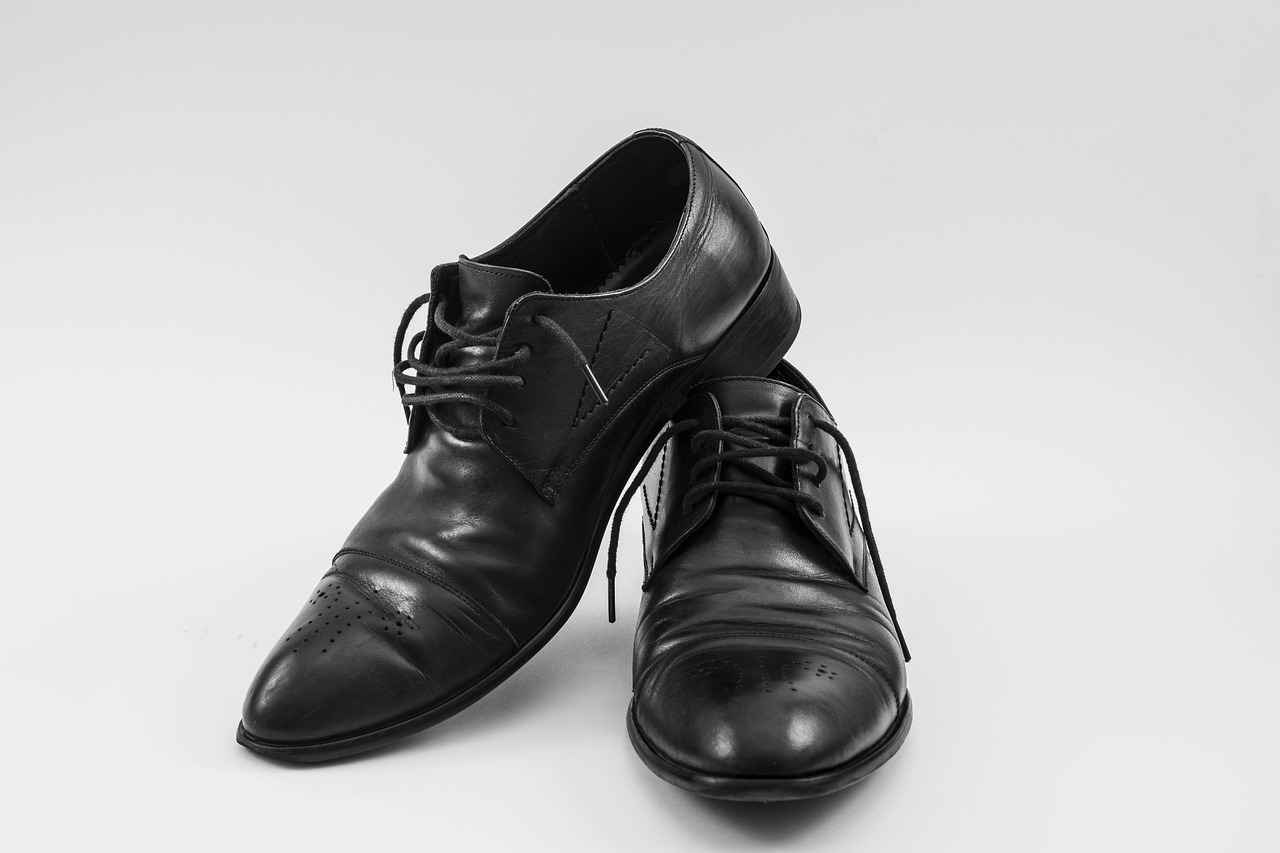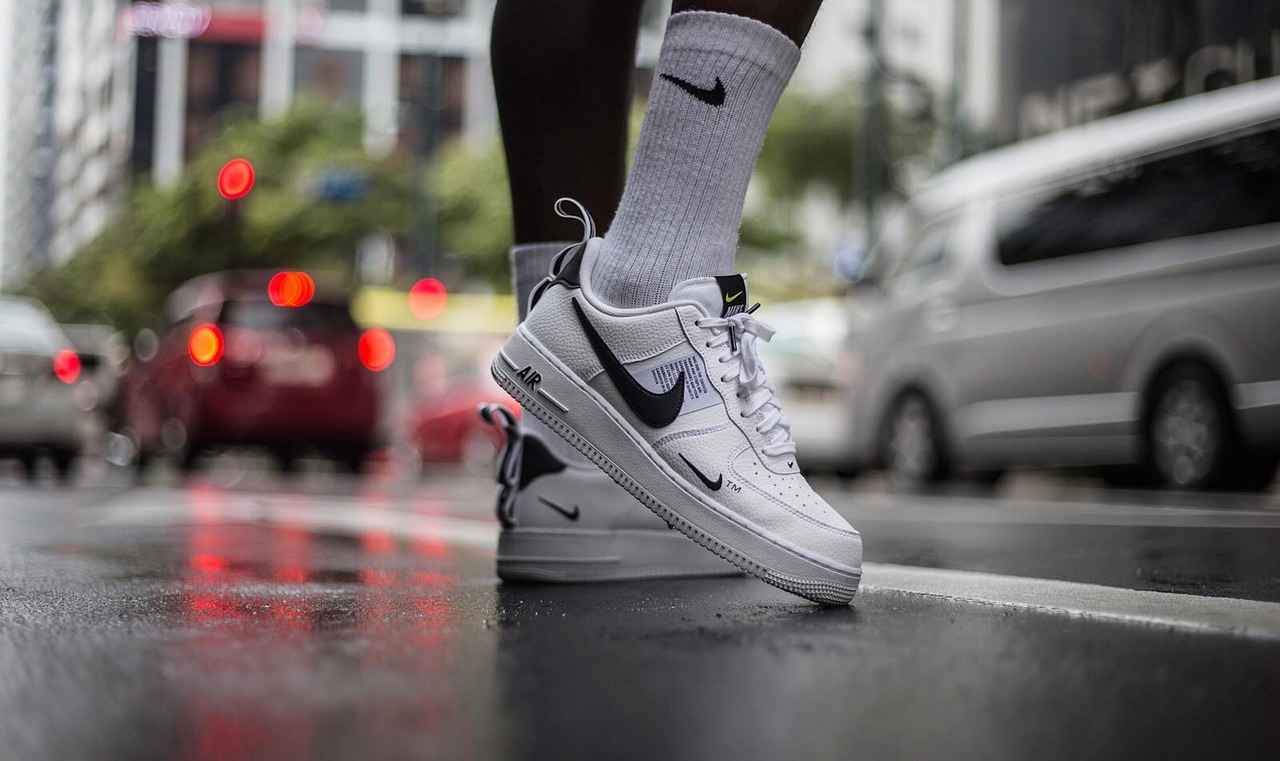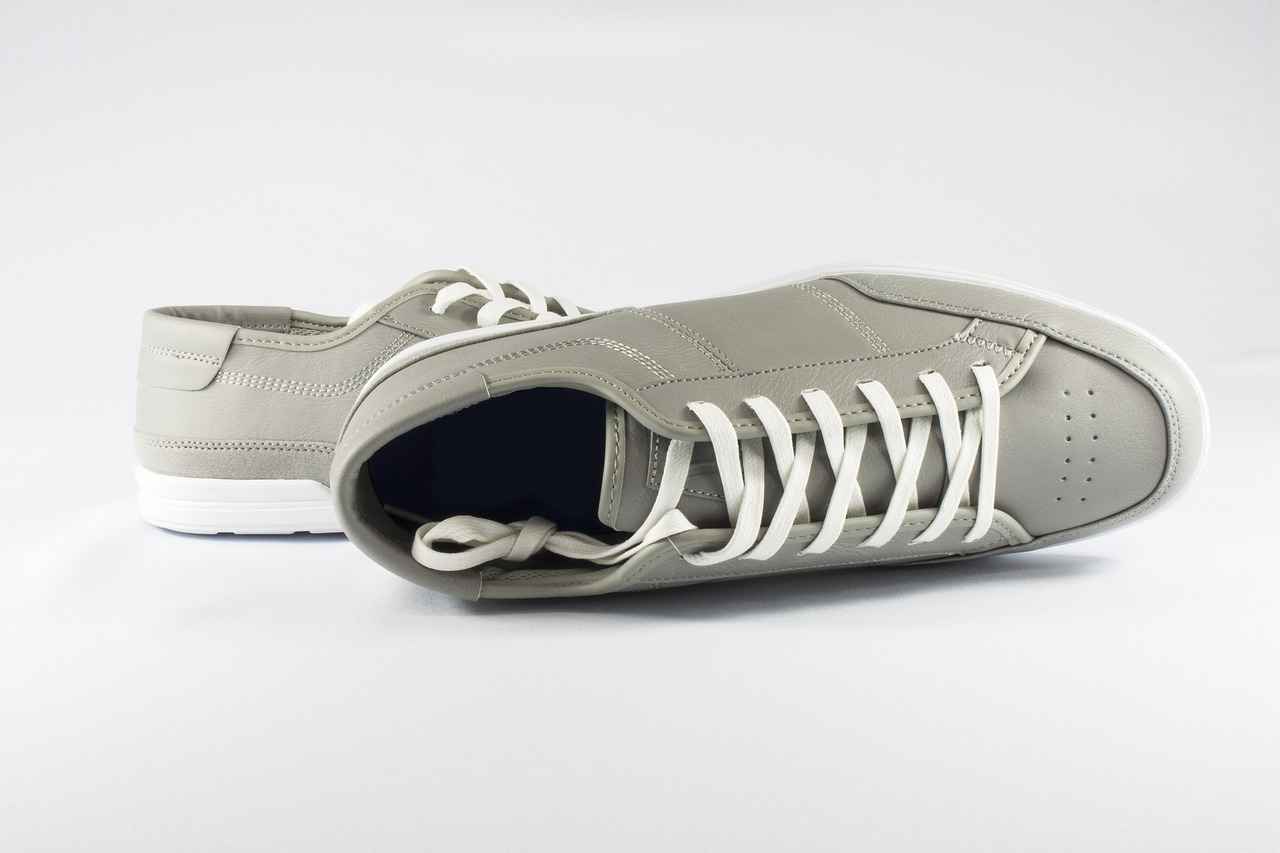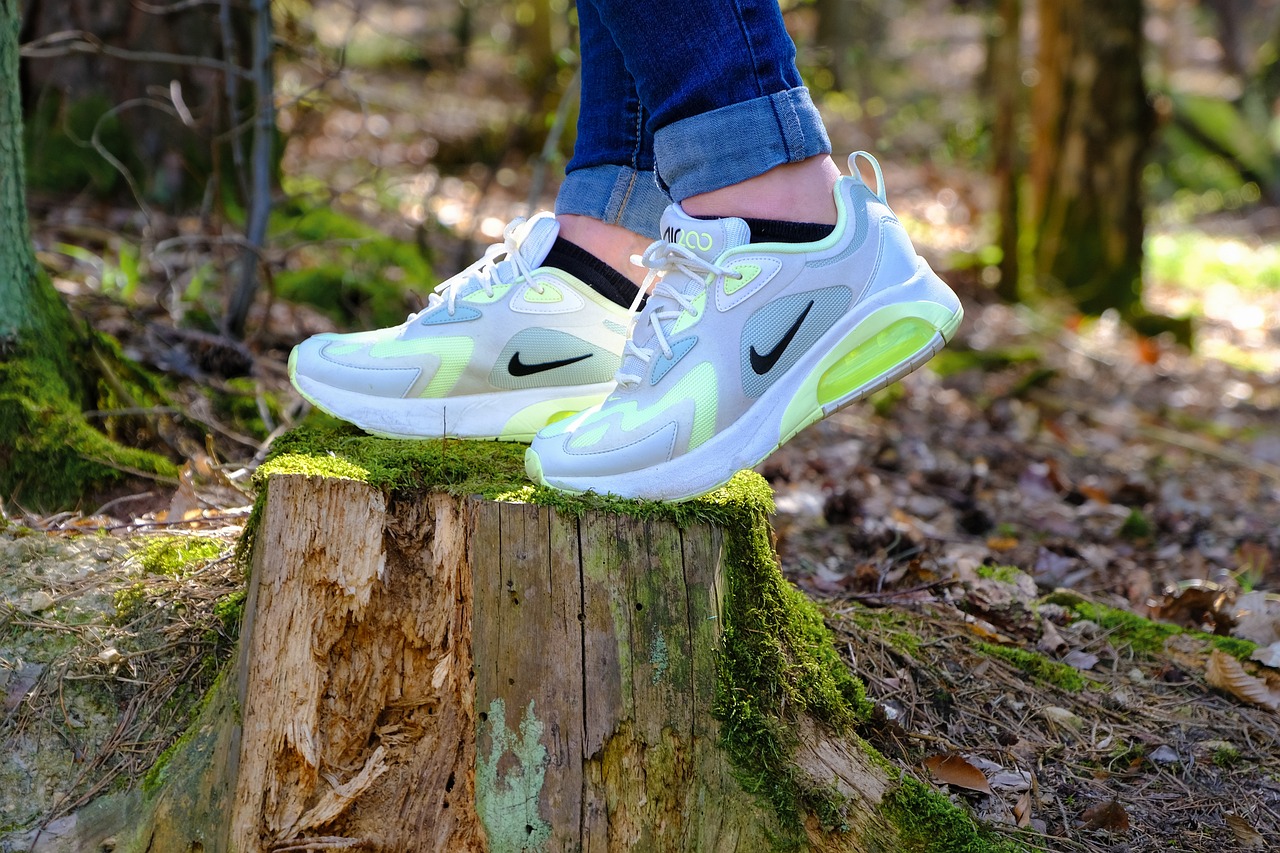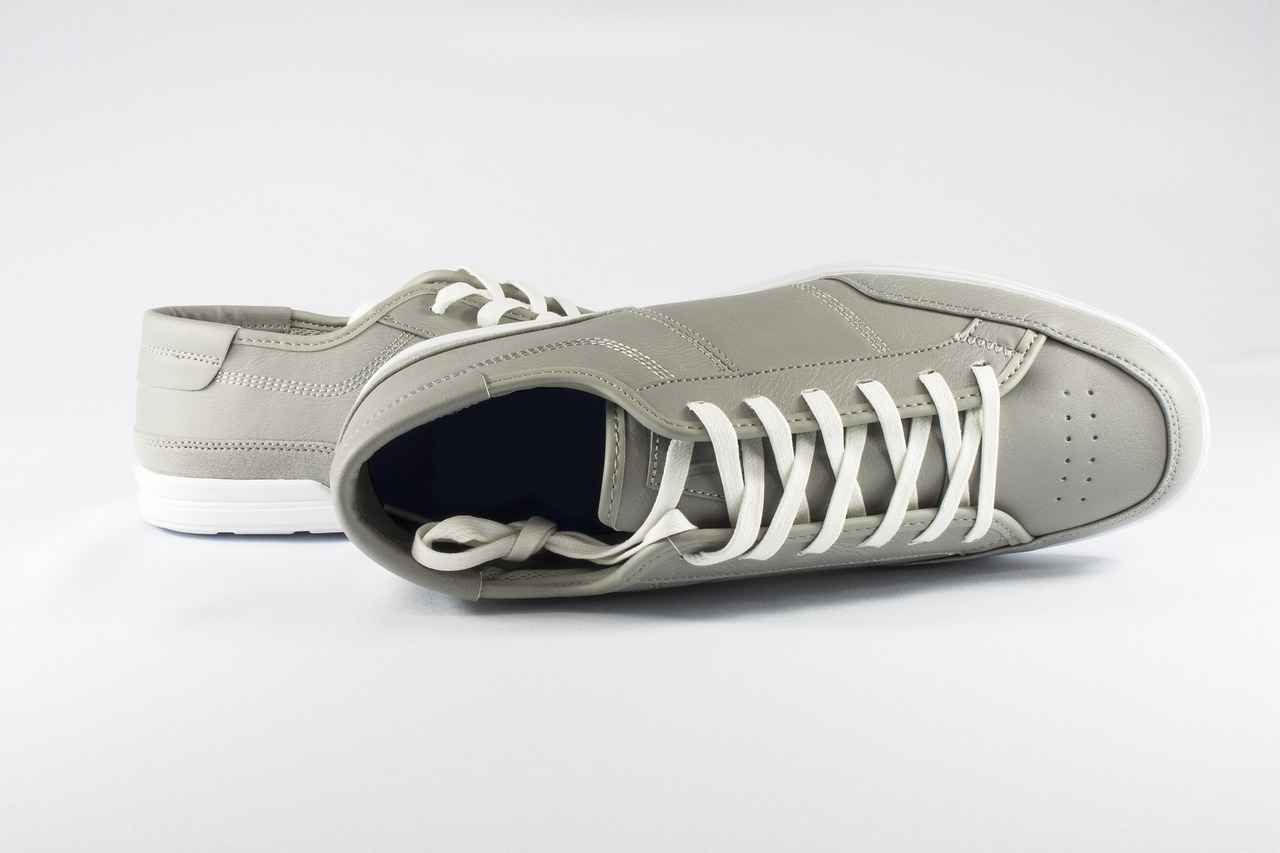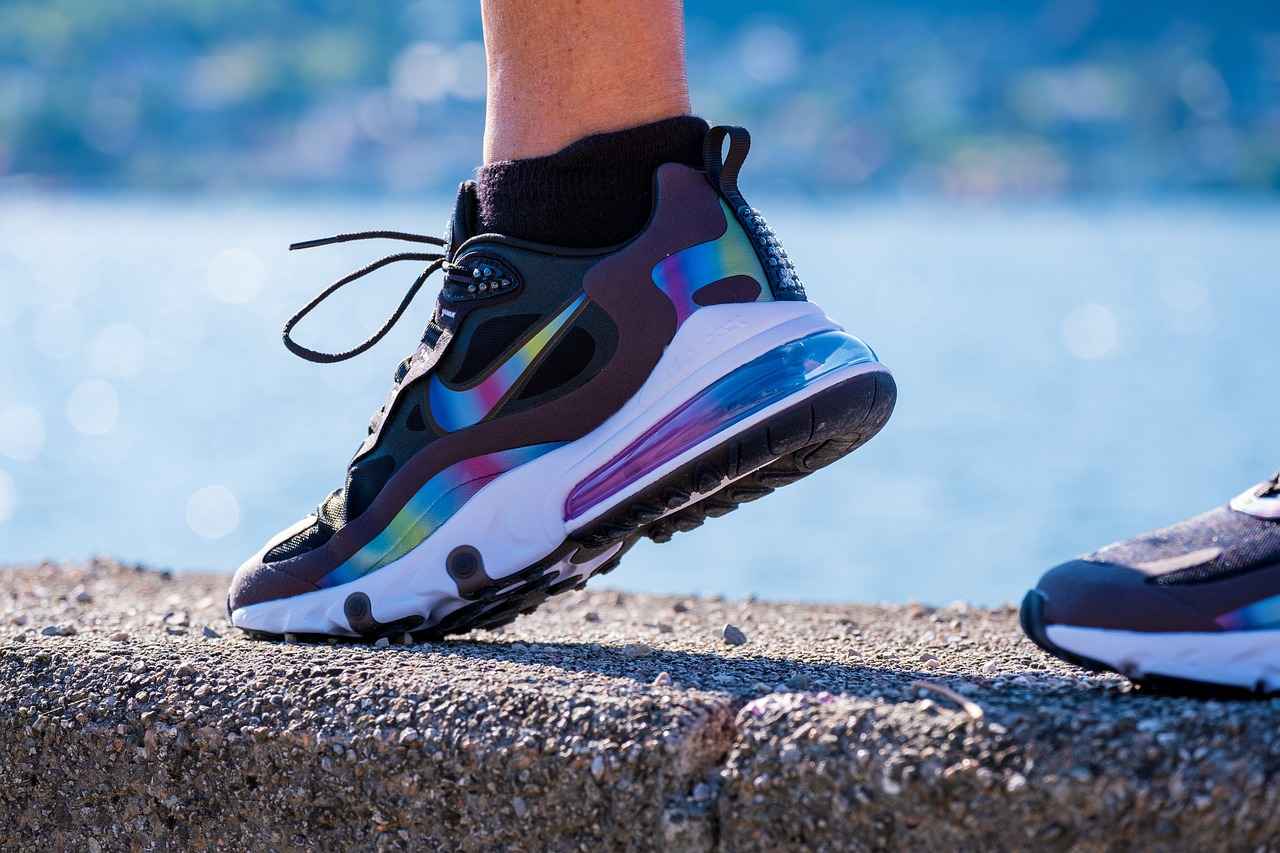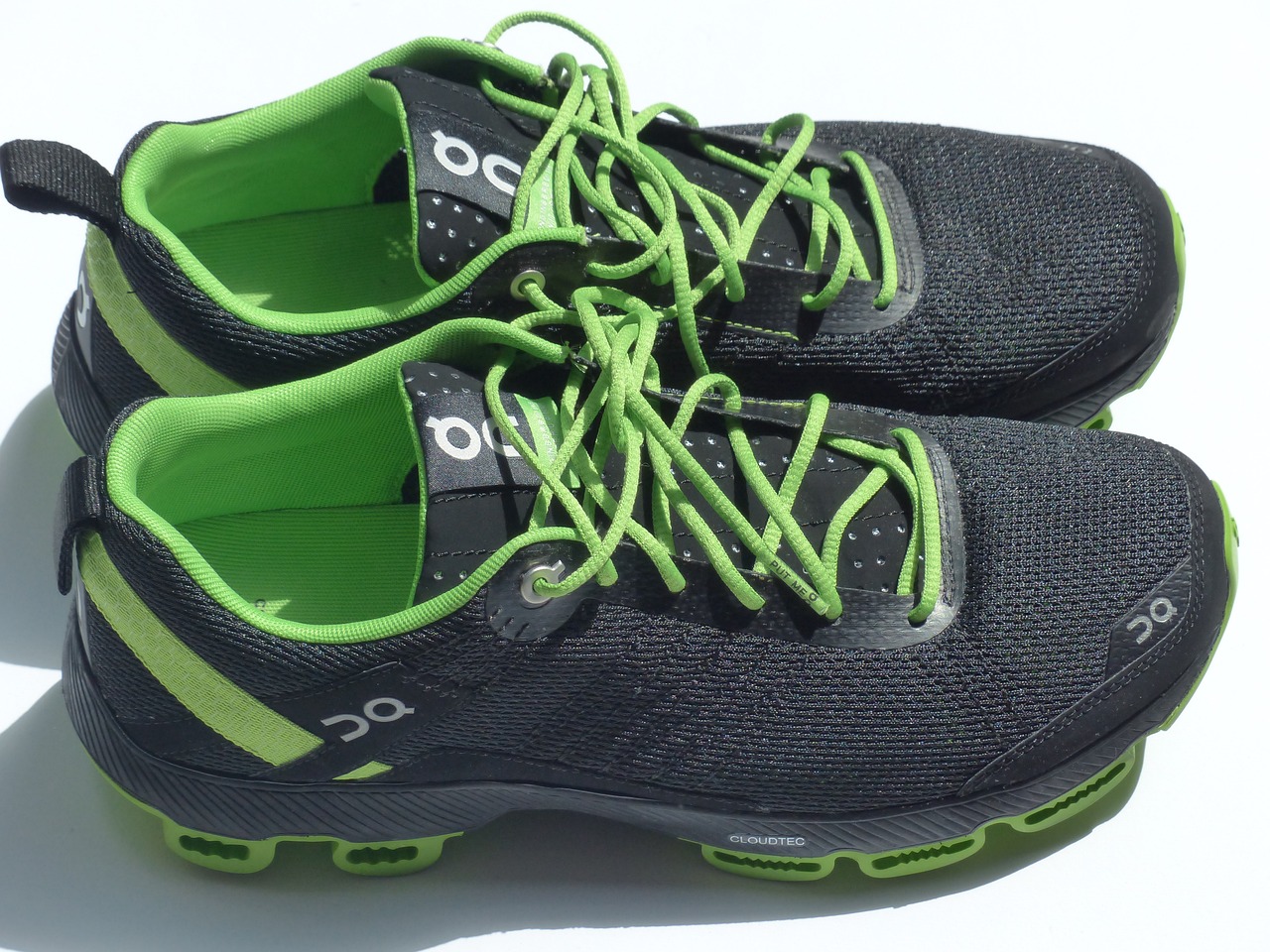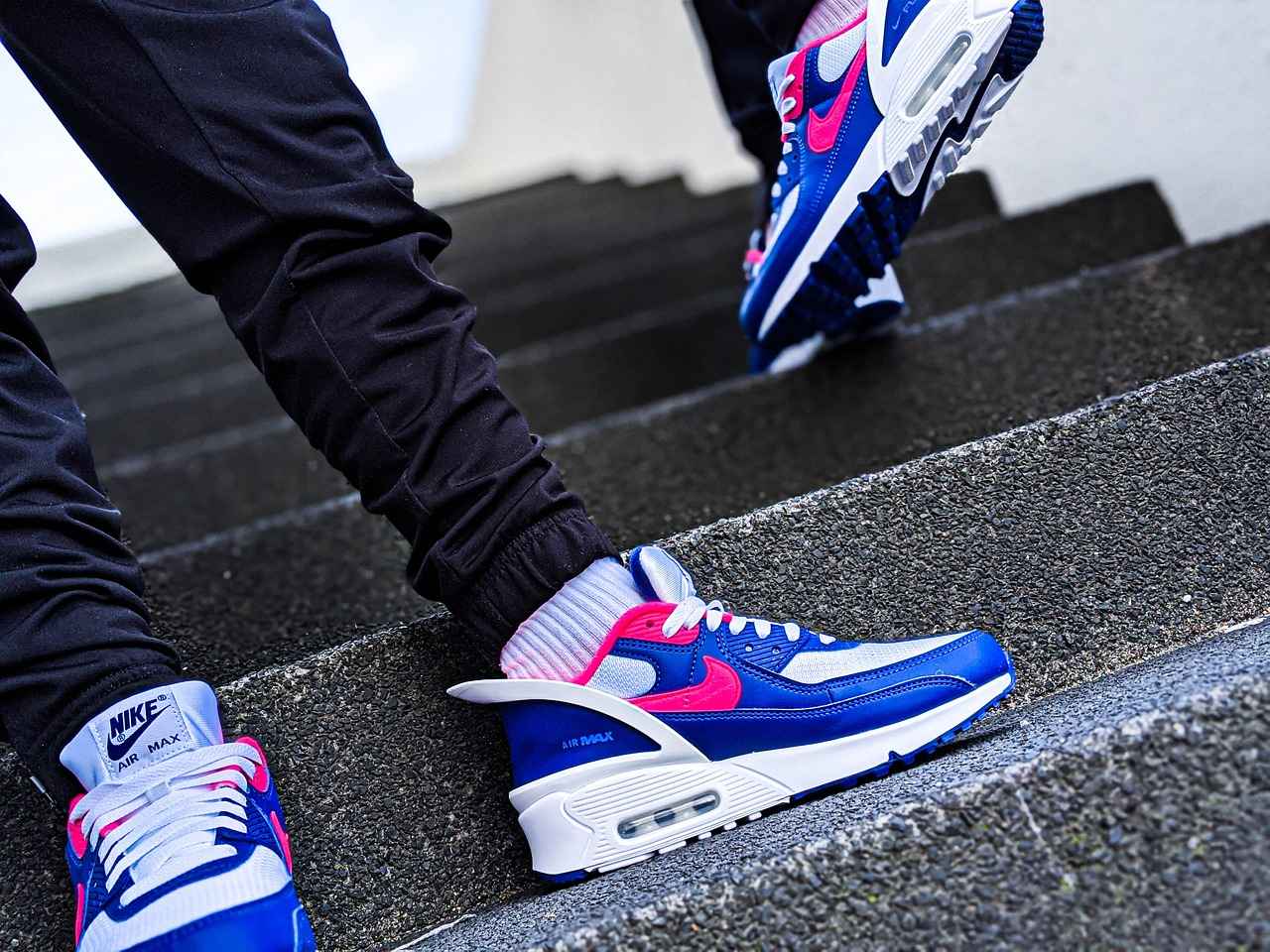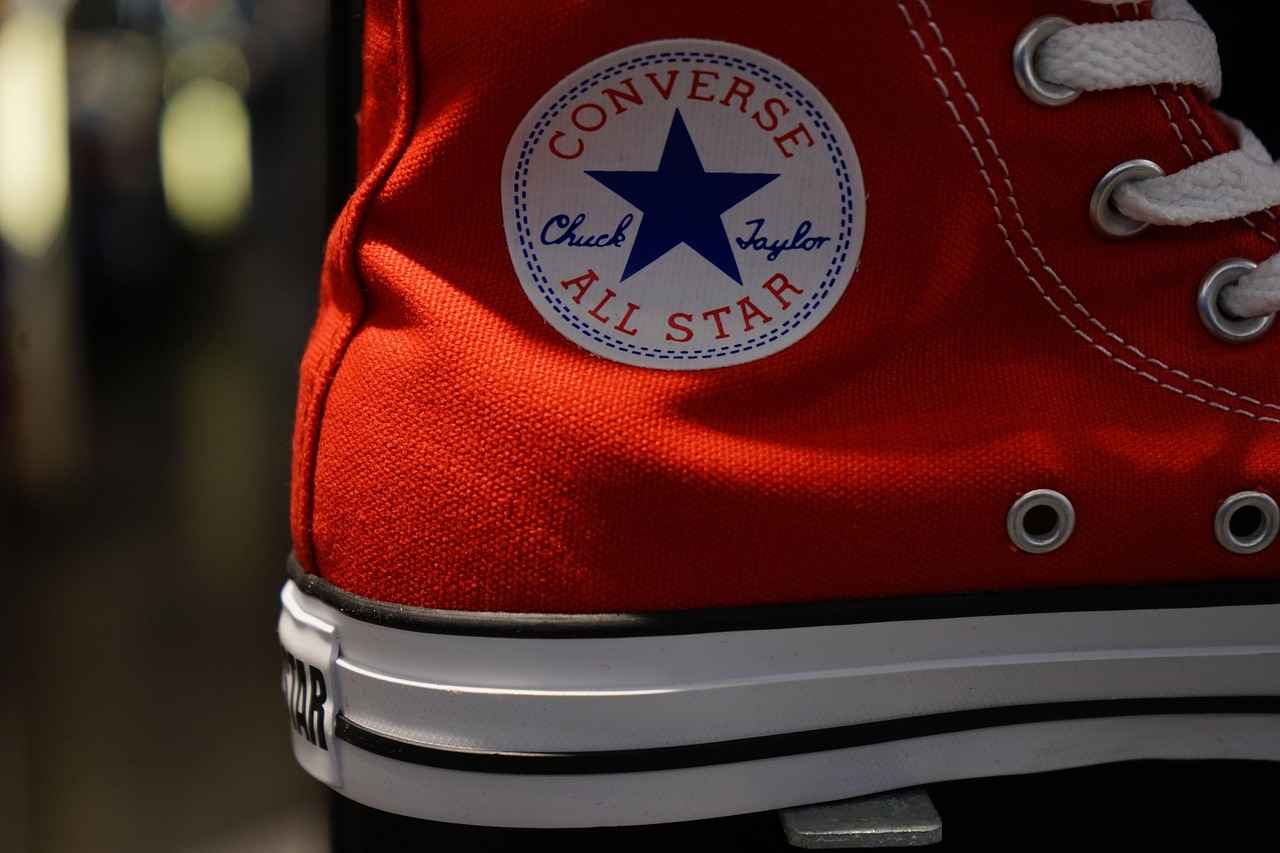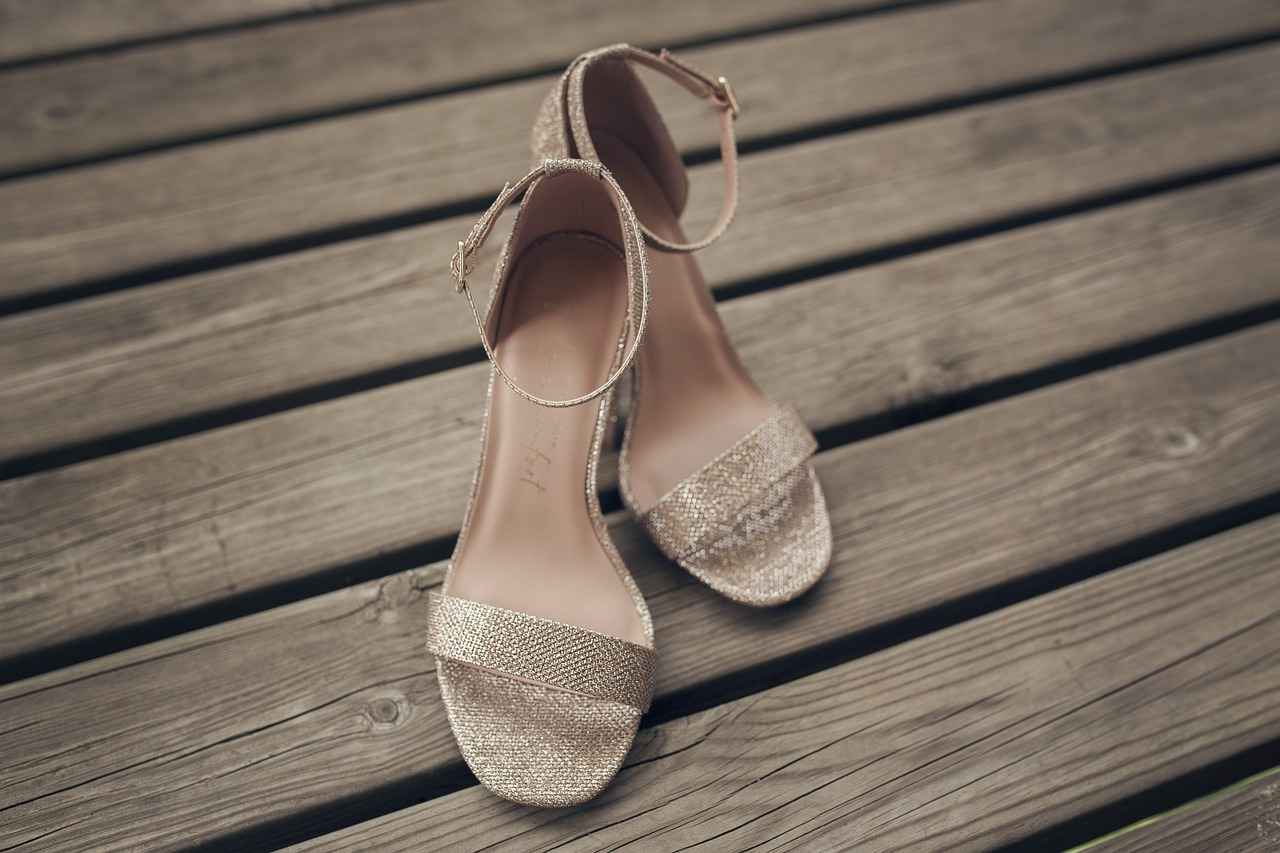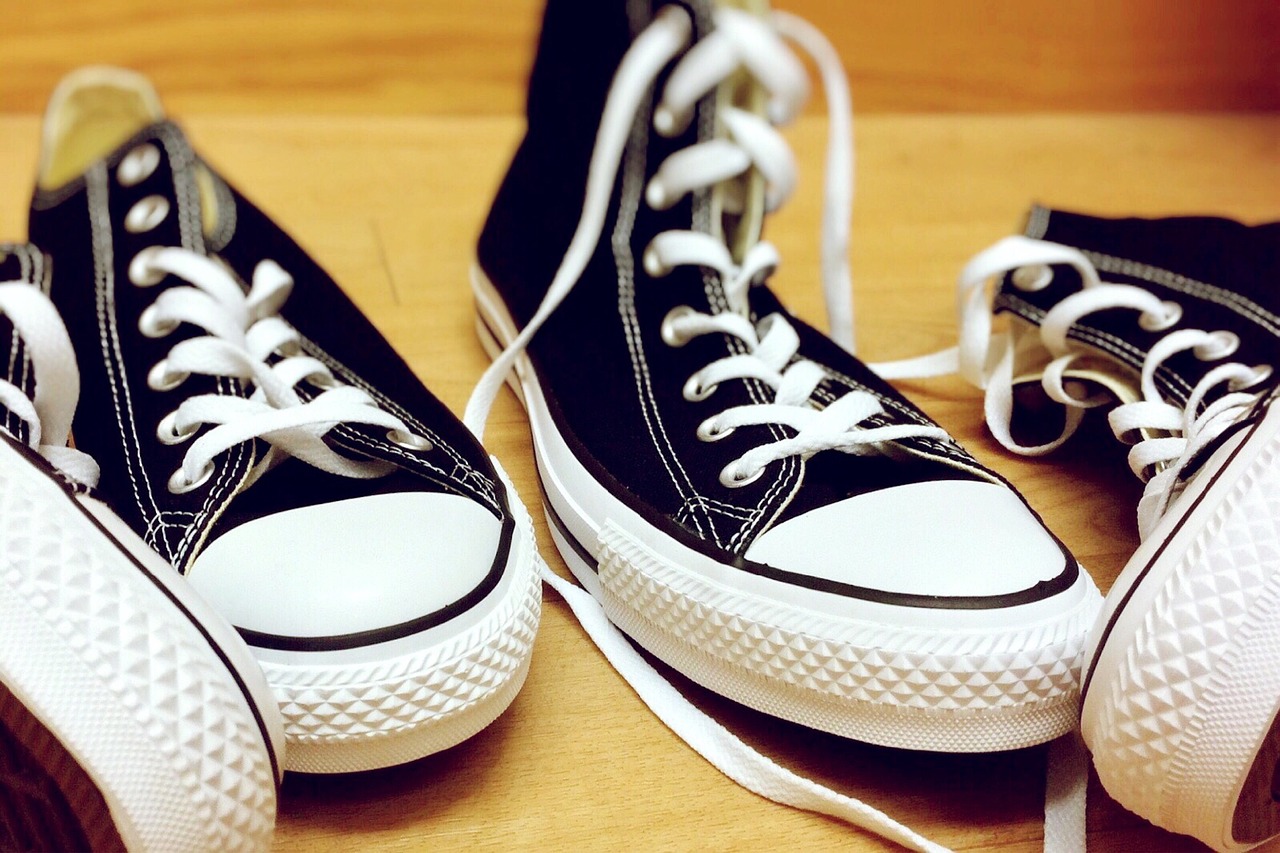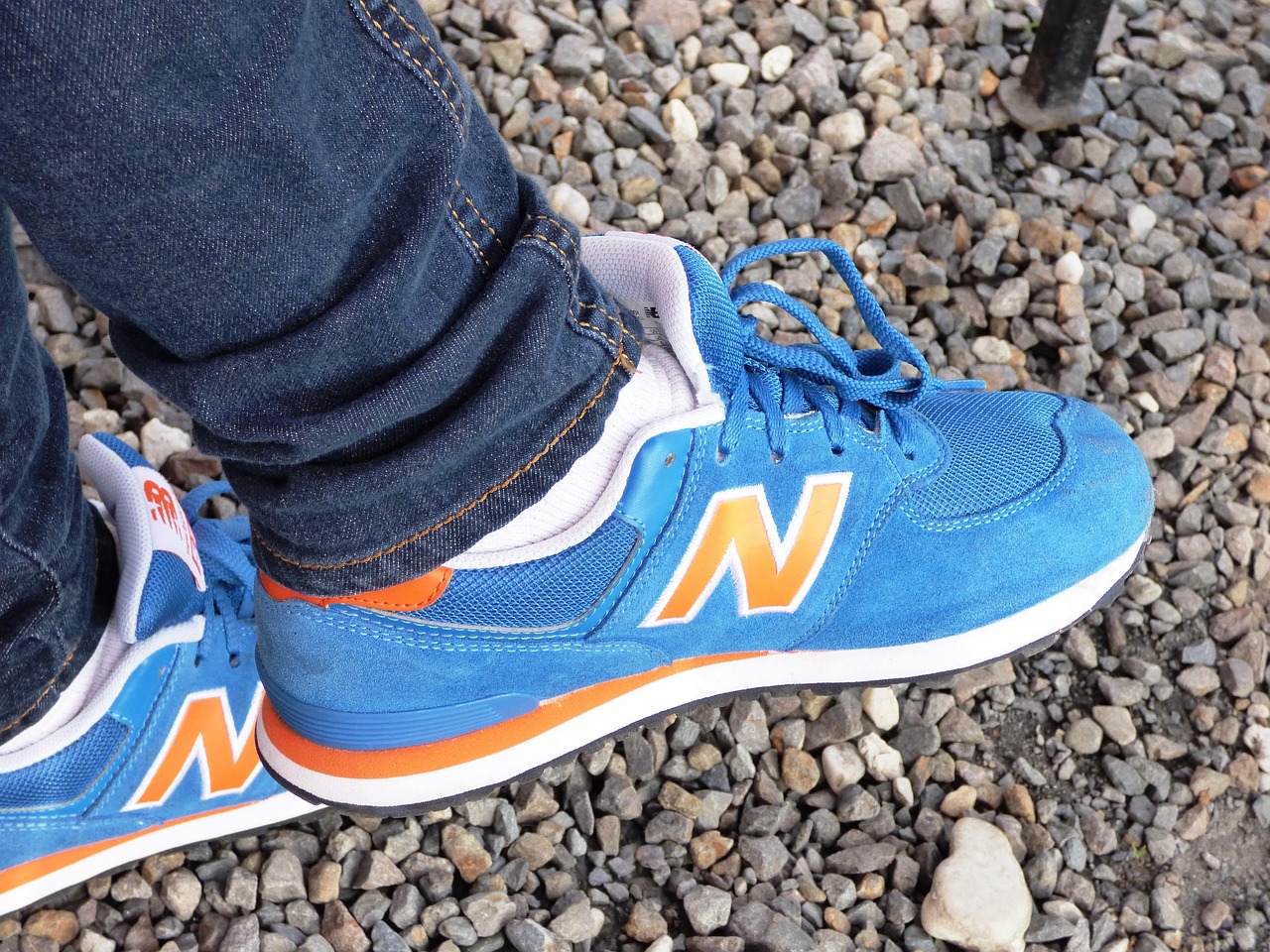This article delves into how New Balance is at the forefront of transforming the footwear industry through its innovative strategies, commitment to sustainability, and cutting-edge technology. By redefining performance and style, New Balance demonstrates its dedication to environmental responsibility and consumer satisfaction.
Innovative Design Philosophy
New Balance’s design philosophy is rooted in the fusion of functionality and aesthetics. The brand leverages advanced technologies to create footwear that not only looks good but also meets the diverse needs of its consumers. This approach ensures that every shoe is crafted with precision, allowing for enhanced performance whether on the track or in everyday life.
Sustainability Initiatives
In an era where environmental awareness is paramount, New Balance stands out for its strong commitment to sustainable practices. The brand has implemented various eco-friendly measures in its production processes, helping to reduce its overall carbon footprint. This commitment resonates with consumers who prioritize environmentally responsible products.
- Recycling Programs: New Balance encourages customers to return their old shoes through recycling initiatives, promoting a circular economy and minimizing landfill waste.
- Partnerships with Environmental Organizations: Collaborations with environmental groups amplify their sustainability efforts, focusing on responsible sourcing and reduced carbon emissions.
- Use of Recycled Materials: The brand incorporates recycled materials into its footwear lines, showcasing innovation in material sourcing.
Technological Advancements in Footwear
New Balance is pioneering the integration of technology in footwear, enhancing comfort and performance for athletes and casual wearers alike. With advancements such as:
- 3D Printing Technology: This technology allows for the customization of shoe designs, providing unique fits tailored to individual needs.
- Smart Shoe Technology: By incorporating sensors, New Balance offers features that track performance metrics, delivering valuable insights to users.
Collaborations and Partnerships
Strategic partnerships with designers and athletes further bolster New Balance’s influence in the footwear market. These collaborations lead to:
- Designer Collaborations: Limited-edition releases that blend high fashion with athletic performance.
- Athlete Endorsements: Collaborating with professional athletes enhances brand credibility and drives innovation in specialized footwear design.
Global Market Expansion
New Balance is actively broadening its global presence by tailoring its strategies to meet diverse consumer demands. This includes:
- Localized Marketing Strategies: Adapting marketing efforts to resonate with local cultures ensures a strong market foothold.
- Emerging Markets Focus: Targeting developing regions acknowledges the rising demand for quality footwear.
Through its innovative approaches, sustainability efforts, and technological advancements, New Balance is not just shaping the future of footwear; it is setting a standard for the entire industry.
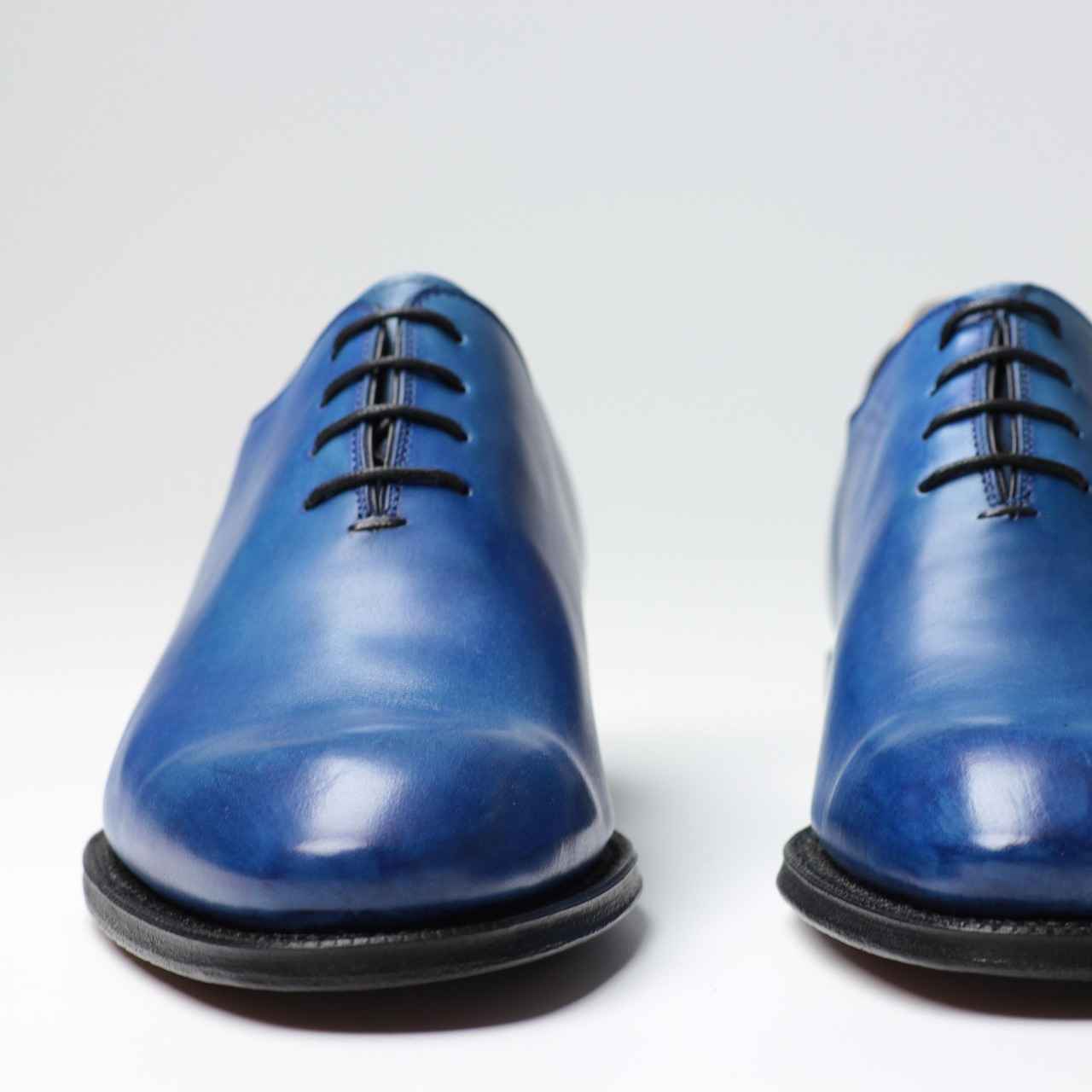
Innovative Design Philosophy
New Balance has established itself as a leader in the footwear industry by embracing an that prioritizes both functionality and aesthetics. This approach allows the brand to create shoes that not only perform exceptionally well but also appeal to a wide range of consumers looking for stylish options.
The integration of cutting-edge technology into their designs is a hallmark of New Balance’s philosophy. The company invests heavily in research and development to ensure that their footwear incorporates the latest advancements. For instance, features like advanced cushioning systems and breathable materials enhance comfort and support, catering to athletes and casual wearers alike.
Furthermore, New Balance recognizes the importance of diversity in consumer needs. By conducting extensive market research and gathering feedback from users, the brand tailors its products to meet specific demands. This consumer-centric approach not only fosters loyalty but also drives innovation, as New Balance continuously refines its offerings based on real-world performance and style preferences.
In addition to functionality, New Balance places a strong emphasis on visual appeal. The brand collaborates with designers to create visually striking collections that resonate with fashion-conscious consumers. This balance between performance and style ensures that New Balance shoes are not just athletic gear but also a statement piece in everyday wardrobes.
Moreover, New Balance’s commitment to sustainability is woven into its design philosophy. By utilizing eco-friendly materials and sustainable manufacturing processes, the brand addresses the growing consumer demand for environmentally responsible products. This initiative not only reduces the ecological footprint but also aligns with the values of a new generation of consumers who prioritize sustainability.
- Functionality: Advanced cushioning and support systems.
- Aesthetics: Stylish designs that appeal to diverse consumers.
- Consumer-Centric: Tailored products based on user feedback.
- Sustainability: Eco-friendly materials and practices.
In summary, New Balance’s innovative design philosophy is a perfect blend of technology, style, and sustainability. This comprehensive approach positions the brand as a frontrunner in the footwear industry, meeting the evolving needs of consumers while setting new standards for performance and aesthetics.

Sustainability Initiatives
New Balance is at the forefront of the movement towards a more sustainable future in the footwear industry. The brand’s unwavering commitment to sustainability is evident in its comprehensive approach to production and material sourcing. By implementing a variety of eco-friendly practices, New Balance not only reduces its environmental impact but also appeals to a growing base of environmentally conscious consumers.
One of the key aspects of New Balance’s sustainability initiatives is the use of recycled materials. The company actively incorporates materials that have been repurposed into their new footwear lines. This practice not only minimizes waste but also conserves natural resources, showcasing New Balance’s dedication to innovative material sourcing.
- Recycling Programs: New Balance has developed programs that encourage consumers to return their old shoes. This initiative promotes a circular economy and significantly reduces the amount of waste that ends up in landfills.
- Partnerships with Environmental Organizations: Collaborations with various environmental organizations enhance New Balance’s sustainability efforts. These partnerships focus on reducing carbon footprints and promoting responsible sourcing of materials.
Furthermore, New Balance is committed to transparency in its sustainability efforts. The brand regularly publishes reports detailing its progress and challenges, allowing consumers to make informed choices. By doing so, they foster a community of environmentally aware customers who appreciate the brand’s dedication to responsible practices.
In addition to these initiatives, the company is exploring innovative technologies that further support its sustainability goals. For instance, advancements in production techniques allow for the creation of footwear with lower environmental impact without compromising on quality or performance.
Overall, New Balance’s sustainability initiatives reflect a holistic approach to environmental responsibility, resonating strongly with consumers who prioritize eco-friendly products. The brand’s commitment to sustainability not only enhances its market position but also contributes positively to the global effort of reducing environmental degradation.
Recycling Programs
New Balance is leading the charge in the footwear industry with its innovative designed to promote a circular economy. These initiatives encourage consumers to return their old shoes, effectively reducing waste that would otherwise end up in landfills. By participating in these programs, customers not only contribute to sustainability but also help in the creation of new products from recycled materials.
The circular economy concept emphasizes the importance of reusing and recycling materials to minimize environmental impact. New Balance’s recycling programs align perfectly with this philosophy, as they aim to extend the lifecycle of their products. This initiative not only helps in conserving resources but also reduces the overall carbon footprint associated with footwear production.
- Consumer Engagement: New Balance actively engages consumers by providing easy-to-follow instructions on how to return their old shoes. This accessibility encourages more people to participate in the program.
- Partnerships: Collaborations with recycling facilities ensure that the returned shoes are processed efficiently, turning old footwear into new materials.
- Awareness Campaigns: New Balance conducts campaigns to raise awareness about the environmental impact of discarded shoes, educating consumers on the importance of recycling.
Through these efforts, New Balance not only demonstrates its commitment to sustainability but also sets a benchmark for other companies in the industry. By fostering a culture of recycling, they are paving the way for a more responsible and environmentally friendly future in footwear.
In conclusion, New Balance’s recycling programs are a testament to their dedication to sustainability and innovation. By encouraging consumers to return their old shoes, they are not just reducing waste but also promoting a more sustainable approach to fashion.
Partnerships with Environmental Organizations
New Balance recognizes that addressing environmental challenges requires collective action. Through strategic collaborations with various environmental organizations, the brand enhances its sustainability efforts, focusing on reducing carbon footprints and promoting responsible sourcing of materials. These partnerships not only amplify their impact but also foster a culture of sustainability within the footwear industry.
One of the primary goals of these collaborations is to develop innovative strategies that effectively minimize the environmental impact of production processes. By working alongside organizations dedicated to environmental conservation, New Balance gains access to valuable insights and resources that inform their sustainability initiatives. This collaborative approach enables the brand to implement best practices in resource management and waste reduction.
- Carbon Footprint Reduction: Through joint efforts, New Balance aims to lower its carbon emissions by optimizing manufacturing processes and utilizing renewable energy sources.
- Responsible Material Sourcing: Collaborations help in identifying sustainable materials that can be used in product development, ensuring that sourcing practices align with environmental standards.
- Community Engagement: Partnerships often include outreach programs that educate consumers about sustainability, encouraging them to make environmentally friendly choices.
Furthermore, these alliances allow New Balance to participate in larger initiatives that promote biodiversity and conservation efforts globally. By aligning with organizations that share similar values, New Balance not only enhances its brand reputation but also contributes to a more sustainable future.
In conclusion, New Balance’s partnerships with environmental organizations are a testament to its commitment to sustainability. By focusing on reducing carbon footprints and promoting responsible sourcing, the brand is not just reshaping its own practices but also influencing the entire footwear industry towards a greener future.
Use of Recycled Materials
The footwear industry is undergoing a significant transformation, and New Balance is at the forefront of this change. One of the most notable aspects of their innovative approach is the in their new footwear lines. This initiative is not just a trend; it is a testament to New Balance’s commitment to sustainable practices and responsible material sourcing.
By incorporating recycled materials, New Balance is addressing a critical issue in the fashion and footwear industry: waste. Traditional manufacturing processes often lead to significant environmental impact, but by utilizing materials that have been previously used, New Balance is actively reducing its carbon footprint. This shift not only conserves resources but also promotes a circular economy, where products are reused and repurposed rather than discarded.
New Balance’s dedication to sustainability is further exemplified through their innovative material sourcing strategies. The company collaborates with various suppliers to ensure that the recycled materials used in their products meet high-quality standards. This commitment to quality ensures that consumers do not have to compromise on performance or style while making environmentally conscious choices.
Moreover, the integration of recycled materials into their footwear lines has resonated well with environmentally aware consumers. As more individuals seek to make responsible purchasing decisions, New Balance’s offerings provide a perfect blend of style, comfort, and sustainability. This alignment with consumer values not only strengthens brand loyalty but also positions New Balance as a leader in the sustainable fashion movement.
In summary, the incorporation of recycled materials in New Balance’s footwear is a clear indication of their forward-thinking approach. By prioritizing sustainability and innovation, they are not only setting new standards within the industry but also inspiring other brands to follow suit. As the demand for eco-friendly products continues to rise, New Balance is well-equipped to meet these challenges head-on, ensuring a brighter future for both fashion and the planet.
Consumer-Centric Innovations
In today’s fast-paced market, understanding the consumer’s voice is more crucial than ever, especially in the footwear industry. New Balance recognizes this and has made it a core aspect of its product development strategy. The company firmly believes that the best way to create footwear that truly resonates with its audience is by actively engaging with them and incorporating their feedback into the design process.
Through various channels, such as surveys, social media interactions, and focus groups, New Balance gathers invaluable insights directly from consumers. This consumer-centric approach allows the brand to identify specific needs, preferences, and pain points, ensuring that each new product line is tailored to meet the expectations of its target audience.
- Customization Options: By understanding consumer preferences, New Balance has introduced customizable footwear options, enabling customers to choose colors, materials, and even personalized messages on their shoes.
- Enhanced Comfort Features: Feedback regarding comfort has led to the development of innovative cushioning technologies, ensuring that every step feels as good as the first.
- Style Variations: By listening to style trends and consumer desires, New Balance continually updates its designs to reflect the latest fashion while maintaining performance standards.
Moreover, New Balance actively involves athletes and fitness enthusiasts in the development process, recognizing that their insights are invaluable. Collaborating with these individuals not only enhances the functionality of the footwear but also builds a strong community around the brand. By prioritizing consumer feedback, New Balance ensures that its products are not just shoes but solutions that enhance the overall experience for every wearer.
In summary, New Balance’s commitment to is a testament to its dedication to creating footwear that meets the evolving needs of its customers. By continually adapting to feedback and embracing new ideas, the brand is setting a high standard in the footwear industry, ensuring that every design is a step in the right direction.

Technological Advancements in Footwear
In the ever-evolving world of athletic and casual footwear, New Balance stands as a leader in technological advancements. The brand’s commitment to integrating cutting-edge technology into its footwear not only enhances performance but also significantly boosts comfort for a wide range of users, from professional athletes to casual wearers.
One of the most notable innovations is the incorporation of 3D printing technology. This groundbreaking approach allows for the creation of customized shoe designs that cater to individual foot shapes and preferences. By utilizing advanced printing techniques, New Balance can produce shoes that offer a unique fit, ensuring that each wearer experiences optimal comfort and support during their activities.
Moreover, New Balance is exploring the exciting realm of smart shoe technology. These innovative footwear options are equipped with sensors and tracking devices that monitor various performance metrics, such as distance traveled, pace, and even calories burned. This data not only assists athletes in optimizing their training regimens but also provides valuable insights for casual users looking to stay active.
- Enhanced Cushioning Systems: New Balance employs advanced cushioning technologies that adapt to the wearer’s movements, providing superior shock absorption and reducing the risk of injury.
- Breathable Materials: The use of high-tech, breathable fabrics ensures that feet remain cool and dry, enhancing the overall wearing experience.
- Lightweight Construction: Innovations in material science have led to the development of lighter shoe designs, allowing for greater agility and comfort.
Additionally, New Balance’s focus on data-driven design ensures that their products are constantly evolving based on consumer feedback and performance analytics. This approach not only fosters innovation but also guarantees that the footwear meets the specific needs of its diverse audience.
As the brand continues to push the boundaries of what is possible in footwear technology, it remains committed to delivering products that blend performance, comfort, and style, solidifying its position at the forefront of the industry.
3D Printing Technology
The integration of 3D printing technology in the footwear industry is revolutionizing how shoes are designed and manufactured. This innovative approach enables brands like New Balance to create customized shoe designs that cater to the unique preferences and needs of each consumer. By leveraging advanced printing techniques, manufacturers can produce shoes that not only fit better but also reflect the personal style of the wearer.
One of the most significant advantages of 3D printing is the ability to produce tailored fits. Traditional manufacturing methods often rely on standardized sizes, which can lead to discomfort and inadequate support for many individuals. With 3D printing, New Balance can create shoes that conform precisely to the contours of a person’s foot, providing enhanced comfort and performance.
- Unique Styles: The flexibility of 3D printing allows for the creation of intricate designs that are not feasible with conventional methods. Consumers can choose from a variety of colors, patterns, and textures, ensuring that their footwear is as unique as they are.
- Rapid Prototyping: This technology enables faster prototyping, allowing designers to iterate on styles quickly. Feedback can be incorporated in real-time, leading to more refined and appealing products.
- Reduced Waste: 3D printing minimizes material waste during production. By using only the necessary materials for each shoe, brands can significantly lower their environmental impact, aligning with sustainability goals.
Furthermore, the customization aspect extends beyond aesthetics. Athletes can benefit from shoes designed specifically for their performance needs, such as varying levels of cushioning or support based on their sport. This level of personalization enhances athletic performance, making 3D-printed shoes a game-changer in sports footwear.
As the technology continues to evolve, the potential for 3D printing in footwear is vast. From creating eco-friendly options to enhancing the consumer experience, it is clear that the future of shoe design is being shaped by this remarkable technology.
Smart Shoe Technology
In the ever-evolving world of athletic footwear, New Balance stands out with its pioneering . This innovative approach not only enhances athletic performance but also provides users with invaluable data that can help them improve their training routines.
At the heart of New Balance’s smart shoes are integrated sensors and tracking devices. These advanced features monitor various metrics, including step count, distance traveled, and even caloric expenditure. By collecting and analyzing this data, athletes can gain insights into their performance, allowing them to make informed decisions about their training and recovery.
- Real-Time Feedback: The sensors provide immediate feedback, helping users adjust their form and technique on the go.
- Personalized Training Plans: By tracking progress over time, the smart shoes can suggest tailored training plans that cater to individual fitness levels and goals.
- Enhanced Comfort: With built-in technology, these shoes can adapt to the wearer’s foot shape and running style, ensuring optimal comfort and support.
Moreover, the data collected can be synced with mobile applications, allowing users to track their progress over time and set achievable goals. This connectivity fosters a sense of community among users, as they can share their achievements and challenges with fellow athletes.
New Balance’s commitment to integrating technology into their footwear not only enhances performance but also aligns with the growing trend of wearable technology in sports. As athletes increasingly seek ways to optimize their training, the demand for smart shoes is expected to rise.
In conclusion, New Balance’s smart shoe technology represents a significant leap forward in athletic footwear. By merging traditional shoe design with cutting-edge technology, the brand is not only enhancing the athletic experience but also setting new standards for what consumers can expect from their footwear.

Collaborations and Partnerships
New Balance has strategically positioned itself as a leader in the footwear industry by forging innovative collaborations with both designers and professional athletes. These partnerships are not merely promotional; they are integral to the brand’s identity and growth, allowing New Balance to tap into various consumer markets and create exclusive footwear lines that resonate with diverse segments.
By collaborating with renowned designers, New Balance has successfully merged the worlds of high fashion and athletic performance. These limited-edition releases often feature unique designs that catch the eye of fashion enthusiasts while maintaining the functionality that athletes demand. This dual appeal broadens the brand’s audience, attracting customers who might not typically consider athletic footwear.
Moreover, partnerships with professional athletes serve to enhance New Balance’s credibility and innovation. These athletes provide invaluable insights into the specific needs of their sports, which drives the development of specialized footwear. For instance, the input from elite runners can lead to advancements in cushioning technology, while feedback from basketball players can inspire designs that enhance grip and support.
Such collaborations not only enrich the product offerings but also create a sense of exclusivity and urgency among consumers. Limited releases often generate buzz and anticipation, encouraging customers to act quickly to secure their desired pair. This strategy not only boosts sales but also fosters a loyal customer base that eagerly awaits future releases.
In addition, these strategic partnerships allow New Balance to leverage the social influence of celebrities and athletes, effectively reaching younger demographics through social media and other digital platforms. This modern marketing approach ensures that New Balance remains relevant in a rapidly evolving retail landscape.
Overall, the emphasis on has been a game-changer for New Balance, enabling the brand to expand its market presence while maintaining a commitment to quality and performance.
Designer Collaborations
In the world of fashion and sportswear, collaborations with renowned designers have become a powerful strategy for brands looking to elevate their offerings. New Balance exemplifies this trend through its partnerships that result in limited-edition releases. These unique collections skillfully blend high fashion with athletic performance, creating products that not only cater to sports enthusiasts but also attract a broader audience seeking style and sophistication.
One of the key benefits of these designer collaborations is the ability to infuse fresh perspectives into traditional athletic footwear. Designers bring their unique aesthetics and creative visions, allowing New Balance to push the boundaries of conventional sportswear. This fusion results in footwear that is not only functional but also a statement piece, appealing to fashion-forward consumers who value both form and function.
Moreover, these exclusive collaborations often generate significant buzz and excitement within the market. Limited-edition releases create a sense of urgency, encouraging consumers to act quickly to secure their pair before they sell out. This scarcity factor not only drives sales but also enhances brand loyalty, as consumers feel they are part of an exclusive community.
In addition to attracting new customers, these collaborations also enable New Balance to reach diverse demographics. By aligning with designers who have their own fan bases, the brand can tap into different markets, expanding its reach beyond traditional athletic consumers. This strategy not only boosts visibility but also enhances brand perception, positioning New Balance as a leader in both the sportswear and fashion industries.
In summary, New Balance’s collaborations with renowned designers represent a strategic approach to merging high fashion with athletic performance. These partnerships not only result in unique, limited-edition footwear but also attract a wider audience, ensuring the brand remains relevant in an ever-evolving market.
Athlete Endorsements
have become a pivotal strategy in the marketing landscape, particularly in the footwear industry. By aligning with professional athletes, brands like New Balance not only enhance their credibility but also foster innovation that responds to the evolving needs of athletes and casual consumers alike.
These partnerships create a unique synergy where brands gain insights directly from the athletes who use their products in high-performance environments. This collaboration often leads to the development of specialized footwear designed to meet the specific demands of various sports, such as running, basketball, and soccer. For instance, New Balance has worked closely with elite runners to refine their running shoes, ensuring optimal performance and comfort.
Furthermore, athlete endorsements serve as a powerful marketing tool that resonates with consumers. When a well-known athlete endorses a product, it not only enhances the brand’s visibility but also builds trust among potential customers. Fans are more likely to purchase footwear that their favorite athletes wear, believing it will help them achieve similar performance levels.
In addition to credibility and visibility, these partnerships drive innovation. The feedback loop established between athletes and designers leads to advancements in technology and materials used in footwear. For example, New Balance has introduced features like responsive cushioning and breathable fabrics, which were developed in response to athlete feedback. This commitment to continuous improvement ensures that the brand remains competitive in a crowded market.
Ultimately, athlete endorsements are not just about marketing; they play a crucial role in shaping the future of footwear. By leveraging the expertise of professional athletes, brands can create products that not only look good but also perform exceptionally well, appealing to both serious athletes and everyday consumers.

Global Market Expansion
New Balance is making significant strides in the global footwear market, showcasing its commitment to understanding and meeting the diverse needs of consumers across different regions. As the brand expands its international presence, it is crucial for New Balance to tailor its strategies to align with local preferences and cultural nuances.
To effectively penetrate various markets, New Balance employs localized marketing strategies that resonate with the unique characteristics of each region. This approach involves:
- Market Research: Conducting thorough research to understand consumer behavior, trends, and preferences in specific locales.
- Cultural Relevance: Crafting marketing campaigns that reflect local culture and values, making the brand more relatable to the target audience.
- Community Engagement: Participating in local events and initiatives to build brand loyalty and establish a strong community presence.
Recognizing the potential of emerging markets, New Balance is strategically targeting regions where demand for quality footwear is rapidly growing. This focus includes:
- Affordable Options: Developing product lines that cater to budget-conscious consumers without compromising on quality.
- Distribution Channels: Establishing partnerships with local retailers and e-commerce platforms to enhance accessibility.
- Brand Awareness Campaigns: Implementing promotional efforts that educate consumers about the benefits and features of New Balance products.
New Balance actively listens to customer feedback in international markets, allowing for quick adaptations to product offerings. This consumer-centric approach ensures that:
- Product Customization: Shoes are tailored to meet the specific needs of different demographics, such as athletes, casual users, and fashion-conscious individuals.
- Enhanced Comfort: Incorporating local preferences in design and functionality to ensure maximum comfort and satisfaction.
Through these comprehensive strategies, New Balance is not only expanding its footprint globally but also reinforcing its commitment to delivering high-quality, innovative footwear that meets the diverse demands of consumers worldwide.
Localized Marketing Strategies
play a crucial role in New Balance’s approach to expanding its global footprint. By understanding and embracing the unique cultural nuances, preferences, and values of different regions, New Balance effectively tailors its marketing efforts to resonate with local consumers. This strategy not only enhances brand recognition but also fosters deeper connections with diverse customer bases.
One of the key aspects of localized marketing is the adaptation of product offerings to meet regional tastes. For instance, New Balance often collaborates with local designers and artists to create exclusive collections that reflect the cultural heritage and aesthetics of specific markets. This not only showcases the brand’s commitment to inclusivity but also drives consumer loyalty as customers feel represented and valued.
- Understanding Consumer Behavior: Conducting extensive market research allows New Balance to gain insights into local consumer behavior, enabling the brand to craft messages that resonate more effectively.
- Utilizing Local Influencers: Partnering with local influencers and athletes helps New Balance tap into established trust and credibility within communities, enhancing brand visibility and engagement.
- Community Engagement: New Balance invests in community initiatives and events, creating a positive brand image while supporting local causes that matter to consumers.
Furthermore, New Balance’s marketing campaigns often incorporate local languages and dialects, ensuring that the messaging is relatable and accessible. This thoughtful approach not only increases brand awareness but also demonstrates respect for the cultural identities of different regions.
In summary, by implementing , New Balance successfully navigates the complexities of global markets. This commitment to understanding and embracing local cultures allows the brand to establish a strong foothold, ultimately driving growth and fostering brand loyalty across diverse consumer segments.
Emerging Markets Focus
In recent years, New Balance has recognized the immense potential of emerging markets for its growth strategy. With a keen understanding of the evolving global landscape, the brand is making significant strides to cater to the increasing demand for quality footwear in these developing regions. This strategic focus not only aligns with the brand’s commitment to innovation but also addresses the unique needs of consumers in diverse markets.
The footwear industry in emerging markets is witnessing a rapid transformation, driven by a growing middle class and an increase in disposable income. As consumers become more brand-conscious, they are seeking products that offer both quality and style. New Balance is capitalizing on this trend by adapting its offerings to meet local preferences, ensuring that its products resonate with the cultural and aesthetic values of these consumers.
To effectively penetrate these markets, New Balance employs localized marketing strategies. This involves understanding regional trends, preferences, and purchasing behaviors. For instance, in Asia, the brand has introduced designs that reflect local fashion sensibilities, while in Africa, it emphasizes durability and performance suitable for various terrains. Such adaptations not only enhance brand loyalty but also foster a deeper connection with consumers.
Furthermore, New Balance is committed to sustainable practices in its production processes, which is particularly appealing to environmentally conscious consumers in emerging markets. By utilizing eco-friendly materials and implementing responsible sourcing practices, the brand is not only reducing its environmental footprint but also aligning with the values of a new generation of consumers who prioritize sustainability.
In summary, New Balance’s strategic focus on emerging markets is a multifaceted approach that combines innovation, localization, and a commitment to sustainability. By adapting its offerings to meet the unique demands of these regions, the brand is well-positioned to capture the growing market share and build lasting relationships with consumers.
Frequently Asked Questions
- What makes New Balance footwear unique?
New Balance stands out due to its innovative design philosophy that combines functionality with style. They focus on advanced technology and consumer feedback to create shoes that cater to various needs, whether for athletes or casual wearers.
- How is New Balance contributing to sustainability?
New Balance is deeply committed to sustainability through eco-friendly production practices and the use of recycled materials. Their recycling programs encourage consumers to return old shoes, promoting a circular economy and reducing landfill waste.
- What technological advancements has New Balance introduced?
The brand is at the forefront of integrating technology into footwear, including 3D printing for customized designs and smart shoe technology that tracks performance. These innovations enhance comfort and provide valuable data for users.
- Are there any collaborations that enhance New Balance’s offerings?
Yes! New Balance collaborates with renowned designers and professional athletes, resulting in exclusive footwear lines that merge high fashion with athletic performance. These partnerships not only expand their reach but also drive innovation.
- How is New Balance expanding its global market presence?
New Balance is strategically targeting emerging markets and tailoring its marketing strategies to resonate with local cultures. This approach helps them meet the unique demands of consumers worldwide while establishing a strong brand presence.



